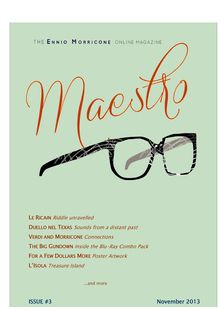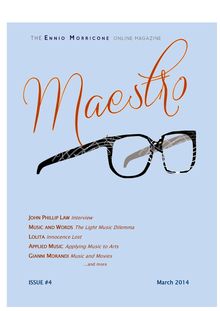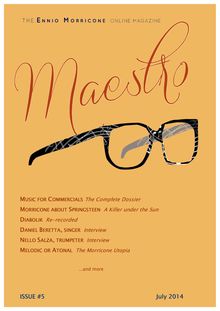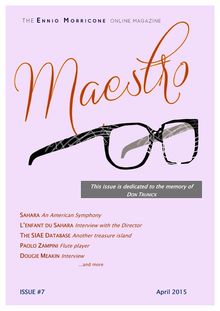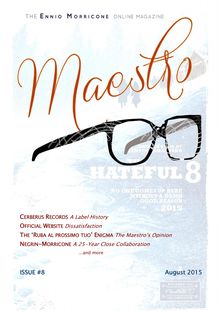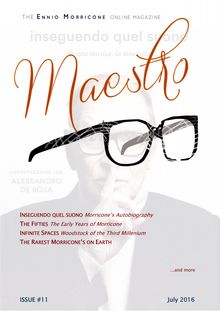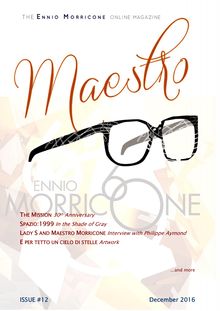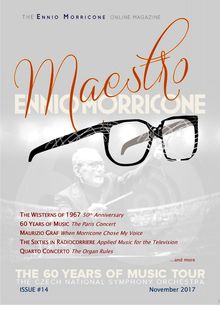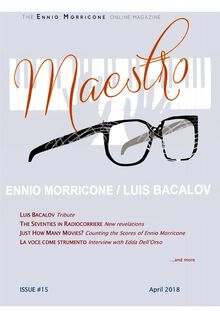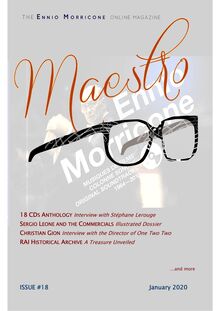Maestro, the Ennio Morricone Online Magazine, Issue #7 - April 2015
60
pages
English
Documents
2015
Le téléchargement nécessite un accès à la bibliothèque YouScribe Tout savoir sur nos offres
60
pages
English
Documents
2015
Le téléchargement nécessite un accès à la bibliothèque YouScribe Tout savoir sur nos offres
Publié par
Publié le
02 septembre 2015
Nombre de lectures
47
Licence :
Langue
English
Poids de l'ouvrage
6 Mo
Publié par
Publié le
02 septembre 2015
Licence :
Langue
English
Poids de l'ouvrage
6 Mo
